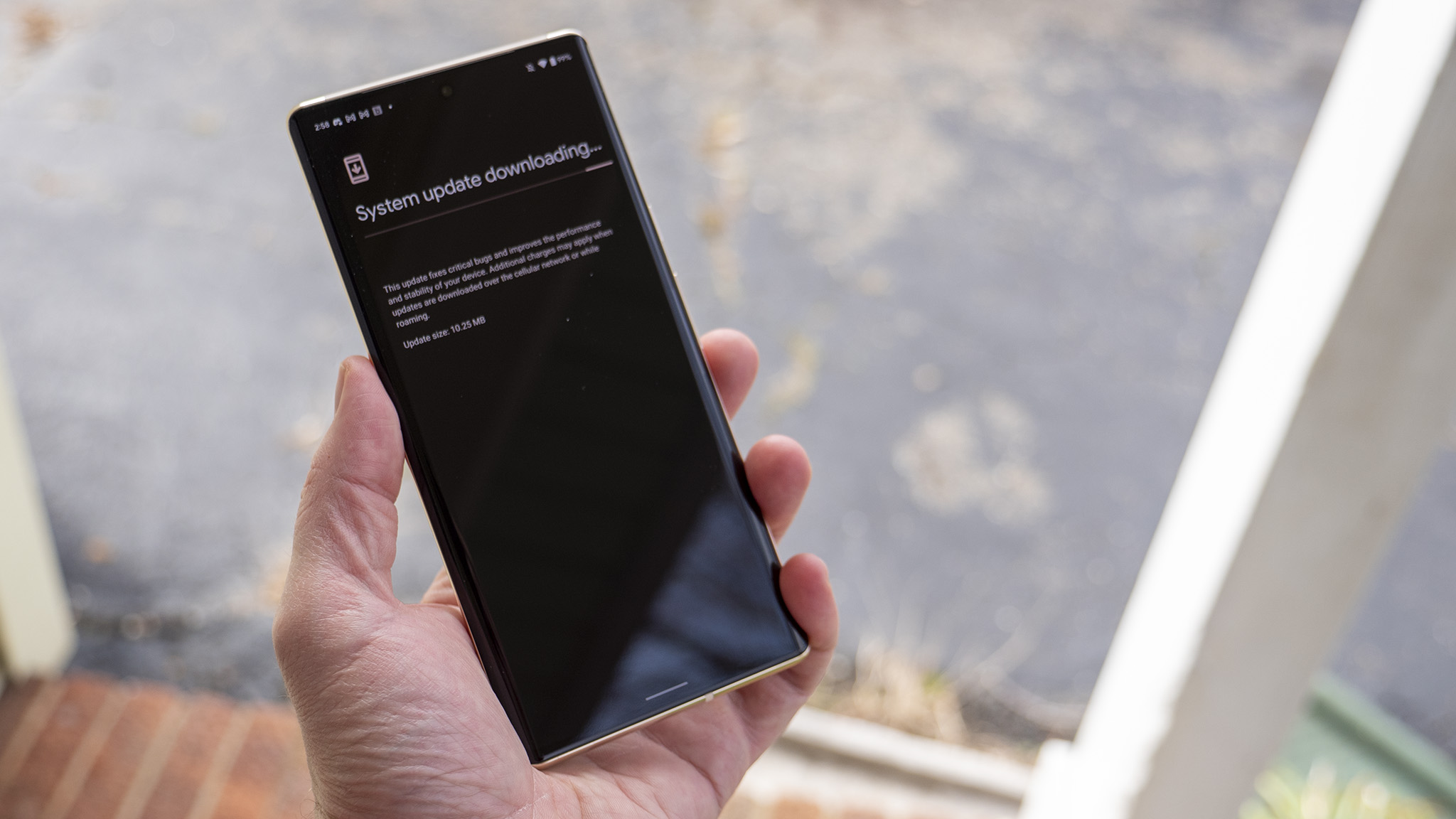Google Fi's new W+ network improves coverage without a single new tower
Google is putting WI-Fi in public areas to better use while enabling improved coverage for Pixel users on Fi.

What you need to know
- Google Fi's W+ uses Wi-Fi networks in public areas such as malls and airports to give Google Fi customers better coverage than LTE or 5G connections alone.
- W+ is first available to Google Pixel users running the latest update of Android 12 with W+ enabled in settings.
- Data on W+ is treated the same as any other data on the Fi network and counts towards your plan's data usage unlike using a standard Wi-Fi connection.
One of Google Fi's best tricks has always been its ability to switch between multiple networks on the fly so its customers could get better coverage than any single network could provide. While the number of phones that support network switching has continued to grow, Pixel users have a new trick available to them with W+.
As identified by 9to5Google, W+ uses Wi-Fi in participating public areas as cellular coverage automatically when LTE or 5G coverage isn't at its best. This is most common in places like airports, malls, or stadiums.
Despite improvements in coverage from traditional LTE and 5G connections, there are some areas where these technologies aren't the most efficient way to deliver data and don't live up to the expectations of mobile users. Google has addressed this by allowing phones to automatically connect to these participating Wi-Fi access points. Once connected, you should never notice the difference from the standard Fi network apart from a W+ symbol replacing LTE or 5G at the top of your screen.
According to Google Fi's help page on W+, you must be using a Pixel phone like the Google Pixel 6 with the latest version of Android 12 to be able to use this connection. While some of the other best Android phones can use Google Fi's network switching, for the time being at least, W+ is limited to Pixel phones.
As far as security goes, this isn't like connecting to any old public Wi-Fi network. Google Fi uses its VPN to keep your data secure when passing through these unknown networks. This is in addition to only using only trusted Wi-Fi connection in the first place.
Even so, this isn't a full replacement for Wi-Fi and there still are some benefits to using your own home Wi-Fi or trusted hotspots. W+ usage, for example, counts towards your data usage on your Google Fi plan the same way data on LTE or 5G would. This is more significant if you're on Fi's Flexible plan that charges by the gig for usage. Luckily, your phone will prefer a saved Wi-Fi connection, like the one at your home, if you are within range.

If you've got the latest Android 12 update on your phone and it has been determined that W+ will provide the best connection, there's nothing else for you to do to get connected. If you find that W+ isn't giving you a good quality connection, however, you can disable it.
Get the latest news from Android Central, your trusted companion in the world of Android
You can temporarily switch off W+ by turning off your Wi-Fi connection on your phone or by connecting to another Wi-Fi point. If you want to disable it altogether, you can switch it off in your settings. To turn it off, open settings, tap Network & Internet, then SIM, Google Fi, and toggle the option for W+ Connections.
W+ is an innovative way for Google Fi to improve its coverage without investing in building a single new cell phone tower or spending billions at FCC auctions.

Google Fi is a phone plan from Google that's the perfect fit for Android phones. Fi uses coverage from both T-Mobile and UScellular in the U.S. with additional coverage from select Wi-Fi on Pixel phones. You can pay by the gigabyte or go for unlimited data with up to 50GB of high-speed data.

When Samuel is not writing about networking or 5G at Android Central, he spends most of his time researching computer components and obsessing over what CPU goes into the ultimate Windows 98 computer. It's the Pentium 3.
